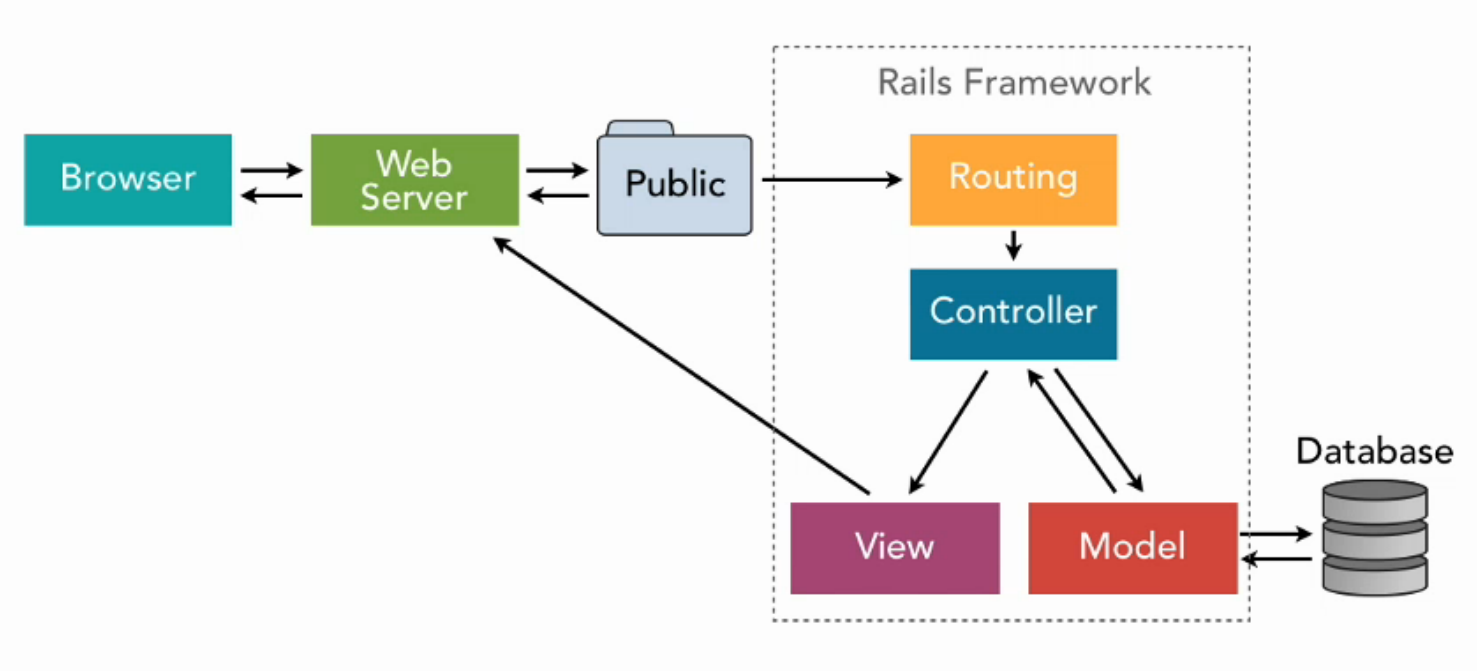- You MUST NOT try and generate a Rails app from scratch on your own by generating each file. For a NEW app you MUST use
rails newfirst to generate all of the boilerplate files necessary. - Create an app in the current directory with
rails new . - Use Tailwind CSS for styling. Use
--css tailwindas an option on therails newcall to do this automatically. - Use Ruby 3.2+ and Rails 8.0+ practices.
- Use the default Minitest approach for testing, do not use RSpec.
- Default to using SQLite in development.
rails newwill do this automatically but take care if you write any custom SQL that it is SQLite compatible. - An app can be built with a devcontainer such as
rails new myapp --devcontainerbut only do this if requested directly. - Rails apps have a lot of directories to consider, such as app, config, db, etc.
- Adhere to MVC conventions: singular model names (e.g., Product) map to plural tables (products); controllers are plural.
- Guard against incapable browsers accessing controllers with `allo
This file contains hidden or bidirectional Unicode text that may be interpreted or compiled differently than what appears below. To review, open the file in an editor that reveals hidden Unicode characters.
Learn more about bidirectional Unicode characters
| require 'benchmark/ips' | |
| PointStruct = Struct.new(:x, :y, :grayscale) | |
| PointData = Data.define(:x, :y, :grayscale) | |
| class PointClass | |
| attr_accessor :x, :y, :grayscale | |
| def initialize(x, y, grayscale) |
This file contains hidden or bidirectional Unicode text that may be interpreted or compiled differently than what appears below. To review, open the file in an editor that reveals hidden Unicode characters.
Learn more about bidirectional Unicode characters
| # Creating a complex hash, with nested keys | |
| my_complex_hash = { | |
| users: [ | |
| {name: "Yukihiro Matsumoto", age: 57}, | |
| {name: "Kabosu the Shiba Inu", age: 16}, | |
| {name: "Thiago Massa", age: 33} | |
| ] | |
| } |
This file contains hidden or bidirectional Unicode text that may be interpreted or compiled differently than what appears below. To review, open the file in an editor that reveals hidden Unicode characters.
Learn more about bidirectional Unicode characters
| HTTP status code symbols for Rails | |
| Thanks to Cody Fauser for this list of HTTP responce codes and their Ruby on Rails symbol mappings. | |
| Status Code Symbol | |
| 1xx Informational | |
| 100 :continue | |
| 101 :switching_protocols | |
| 102 :processing |
This file contains hidden or bidirectional Unicode text that may be interpreted or compiled differently than what appears below. To review, open the file in an editor that reveals hidden Unicode characters.
Learn more about bidirectional Unicode characters
| stats = Sidekiq::Stats.new | |
| stats.queues | |
| stats.enqueued | |
| stats.processed | |
| stats.failed |
Rails' use of strict naming conventions means a lot of core code SHOULD be in the same format whoever writes it? It could be written by a friend, colleague or a computer... it shouldn't matter because the same Rails rules apply to everyone.
This means that Rails can actually do some tasks for you! It can actually build things and write code on your behalf...
Coming from another language like PHP, this can seem like magic.
